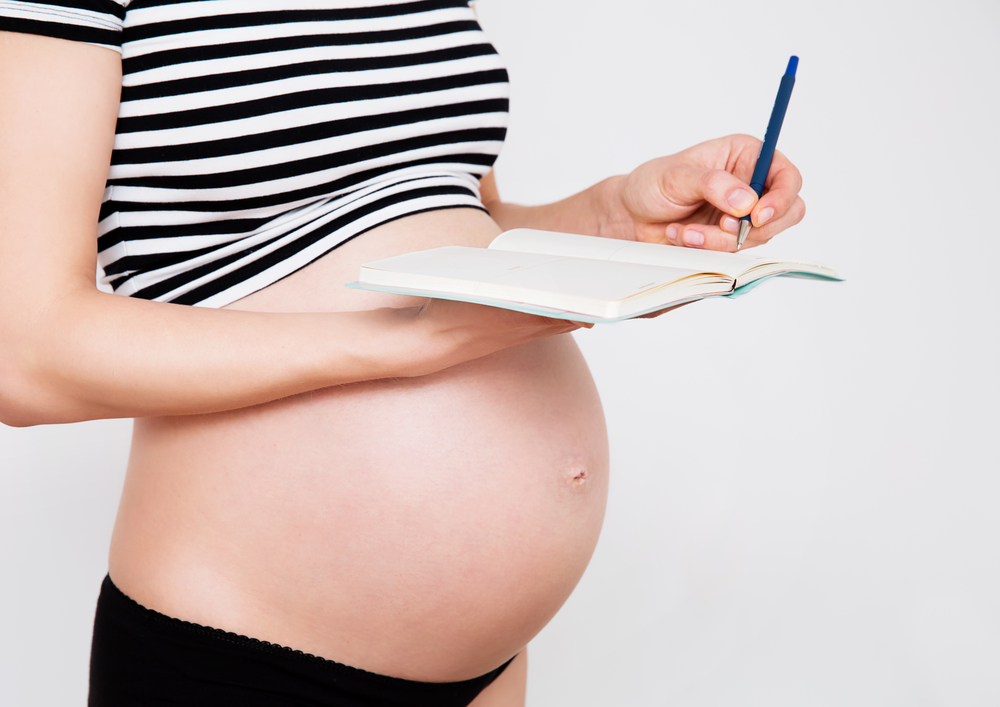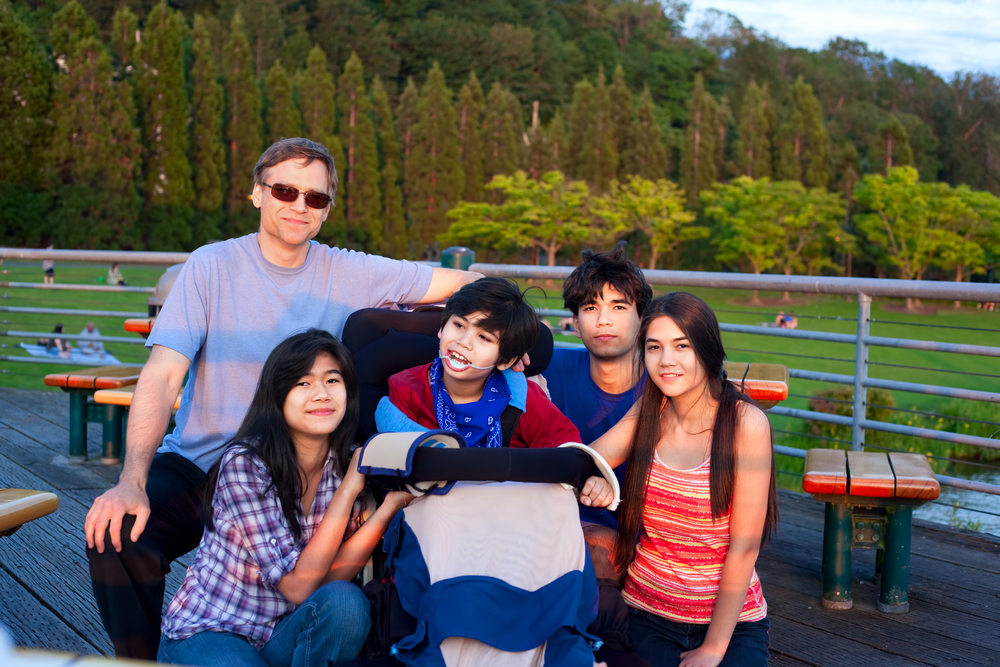Australia’s Biggest Child Safety Lesson (ABCSL) is a free livestreamed event that engages children across the country in vital personal safety education. In National Child Protection Week, the Daniel Morcombe Foundation will livestream two brand new video safety lessons to children around the country.
Preventing child sexual abuse is everybody’s responsibility. Teaching children that they have the right to be safe, that they are allowed to say no to anything or anyone that makes them uncomfortable, and that there are adults who will help them has the power to prevent harm. These messages also empower children who are experiencing abuse to tell someone who can help.
In fact, help seeking is the theme of Australia’s Biggest Child Safety Lesson for both 4 to 7 year olds and 8 to 12 year olds this year. In these age-appropriate, engaging, and positive lessons, children will learn skills and strategies to seek help if they ever feel unsafe. The lessons reframe accessing support as a truly heroic and courageous act.
Teaching personal safety is extremely important. But it can be hard to know where to start.
That’s why, in National Child Protection Week, the Daniel Morcombe Foundation livestreams two ready made personal safety lessons to for children aged 4-12. Australia’s Biggest Child Safety Lesson (ABCSL) saw 471,000 children learn about their personal safety in 2020. The livestream lesson is popular with schools and early learning centres but can also be watched while learning from home.
In preparation for ABCSL in 2021, which goes live on Tuesday 7 September, the Daniel Morcombe Foundation have prepared a few top tips to avoid common mistakes when teaching personal safety.
Common mistakes when teaching personal safety and how to avoid them:
Avoiding the conversation
We know that when children are explicitly taught personal safety skills are more likely to seek help if they feel scared, sad or unsafe. It can be difficult to know where to start, but teaching personal safety is an ongoing conversation which is built upon as children grow.
Waiting until children go through puberty
The foundations of personal safety education are not in talking about sexual activity but in feelings, public and private body parts and the rules about touch etc. The average age at which sexual abuse first occurs is nine years old (Australian Bureau of Statistics, 2017), making age-appropriate personal safety education in the early years vitally important.
Making the conversation scary
Personal safety education doesn’t need to be frightening or to destroy children’s positive view of the word. It can be taught in a non-threatening and empowering manner, focusing on children’s right to be safe and the people around them who will help them if they ever need it.
Only talking about strangers
Sadly, children are most likely to be harmed by someone known to them or their family. Over 90% of child sexual abuse perpetrated by adults is carried out by an adult male known to the child. Adults should be aware of patterns of grooming behaviour, which you can read more about in the Foundation’s Child Abuse Factsheet.
Only talking about adults
We also need to acknowledge that it’s not just adults that can harm children. Children may be exposed to harmful sexual behaviour of their peers. It is important to reinforce that children have the right to say no to anyone and anything that makes them feel unsafe.
Placing too much responsibility on the child
It is adults’ responsibility to keep kids safe. Ensure that children know who they can come to if they ever feel unsafe by selecting five Safety Helpers. Make sure that at least one Safety Helper lives outside the home. Reinforce that getting help when we need it is always the right thing to do.
Help seeking is the topic of the Daniel Morcombe Foundation’s 2021 editions of Australia’s Biggest Child Safety Lesson (ABCSL). Register now to join the livestream on Tuesday 7 September. The first lesson, for 4 to 7 year olds, goes live at 9am AEST. The second lesson, for 8 to 12 year olds will be streamed at 10am AEST. Register at https://danielmorcombe.com.au/australias-biggest-child- safety-lesson-2/.
For more information on teaching personal safety, download the Talking Personal Safety factsheet.

What: Australia’s Biggest Child Safety Lesson for Early Childhood and Junior Primary
When: 9am AEST for 4 to 7 year olds, 10am AEST for 8 to 12 year olds, Tuesday 7 September
How: Visit https://danielmorcombe.com.au/australias-biggest-child-safety-lesson-2/ to register your school or early learning centre and find more information.









